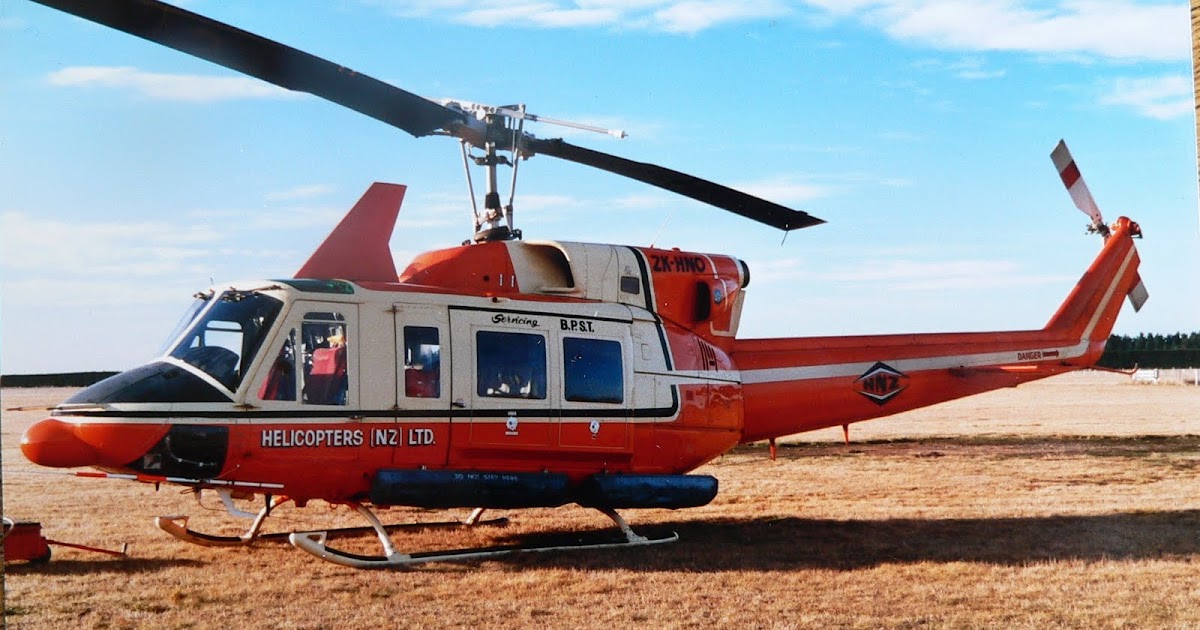...my guess is the aircraft was used by Beech for a different purpose under a Special AWC in between tjose dates.
Interesting thought. Wouldn't the earlier certificate indicate it was a "Special" ticket, though? What sort of purpose would require a different certificate than the one they sold it with?
And FWIW, if the aircraft was "used" by Beech, it seems like they wouldn't have been able to sell it as a new airplane.
Just speculating here, but.... Could it be that Beech didn't have an order for the plane in late 1968, so they decided to sell it as a 1969 model? Maybe the '69s had different options, like a different radio or seat fabric. Could Beech have upgraded the plane into a 1969 model (whatever that means), then issued a new 1969 AW ticket and sold it as a '69?
Beech created a lot of confusion with changing model names and model numbers. The B23 was first approved in Dec 1967, so the first production models were delivered in 1968. Mine is a 1969, and called a "Custom" in Beech sales literature. A pilot side door was optional, but I don't think many were delivered that way (I've never seen one).

Then in 1970, Beech made the pilot side door standard, changed the model designation from B23 to C23, and renamed it the "Sundowner," still with the Lycoming O360. The Musketeer "Super R" listed in the table above is the retractable gear version, and somewhere along the way was renamed "Sierra."




